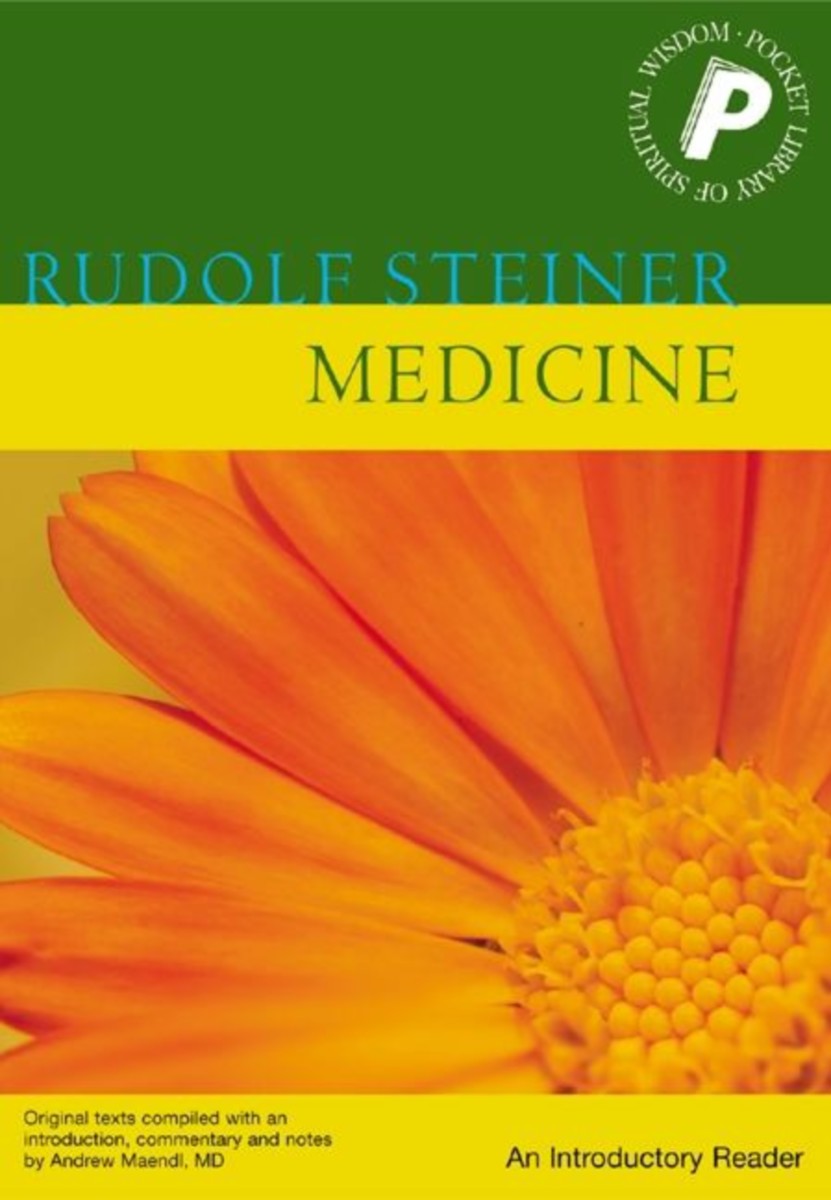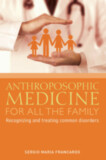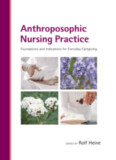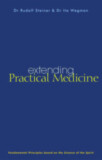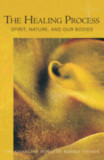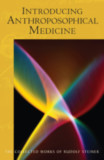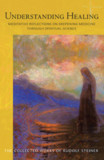Introduction by Andrew Maendl, MD
Compiled by Andrew Maendl, MD
Translated by Matthew Barton
- Publisher
Rudolf Steiner Press - Published
24th March 2004 - ISBN 9781855841338
- Language English
- Pages 240 pp.
“Steiner frequently refers to the fact that the modern scientific approach is insufficient on its own for gaining insight into deeper aspects of the human being. This selection from his writings and lectures—some of which were for doctors and others for a more general audience—starts by emphasizing intuition as an essential inner tool for really understanding what is at work in medicine.... This book gives a taste of the aims and practice of anthroposophical medicine and of ways to pursue and implement it.” — Andrew Maendl (from the introduction)
Rudolf Steiner, a frequently undervalued, multifaceted genius of modern times, contributed much to the regeneration of culture. In addition to his philosophical teachings, he provided ideas for the development of many practical activities including education—both general and special—agriculture, medicine, economics, architecture, science, religion, and the arts. Today there are thousands of schools, clinics, farms, and many other organizations based on his ideas.
Steiner's original contribution to human knowledge was based on his ability to conduct spiritual research, the investigation of metaphysical dimensions of existence. With his scientific and philosophical training, he brought a new systematic discipline to the field, allowing for conscious methods and comprehensive results. A natural seer from childhood, he cultivated his spiritual vision to a high degree, enabling him to speak with authority on previously veiled mysteries of life.
Topics include: true human nature as a basis for medical practice; the science of knowing; the mission of reverence; the four temperaments; the bridge between universal spirituality and the physical; and much more.
C O N T E N T S:
Introduction by Andrew Maendl, MB, BS
1. Understanding Man’s True Nature as a Basis for Medical Practice
2. The Science of Knowing
3. The Mission of Reverence
4. The Four Temperaments
5. The Bridge between Universal Spirituality and the Physical
6. The Constellation of the Supersensible Bodies
7. The Invisible Human within Us: The Pathology underlying Therapy
8. Cancer and Mistletoe and Aspects of Psychiatry
9. Case History Questions: Diagnosis and Therapy
10. Anthroposophical Medicine in Practice: Three Case Histories
Notes
Sources
Further Reading
Acknowledgments
Note Regarding Rudolf Steiner’s Lectures
Rudolf Steiner
Rudolf Steiner (b. Rudolf Joseph Lorenz Steiner, 1861–1925) was born in the small village of Kraljevec, Austro-Hungarian Empire (now in Croatia), where he grew up. As a young man, he lived in Weimar and Berlin, where he became a well-published scientific, literary, and philosophical scholar, known especially for his work with Goethe’s scientific writings. Steiner termed his spiritual philosophy anthroposophy, meaning “wisdom of the human being.” As an exceptionally developed seer, he based his work on direct knowledge and perception of spiritual dimensions. He initiated a modern, universal “spiritual science” that is accessible to anyone willing to exercise clear and unbiased thinking. From his spiritual investigations, Steiner provided suggestions for the renewal of numerous activities, including education (general and for special needs), agriculture, medicine, economics, architecture, science, philosophy, Christianity, and the arts. There are currently thousands of schools, clinics, farms, and initiatives in other fields that involve practical work based on the principles Steiner developed. His many published works feature his research into the spiritual nature of human beings, the evolution of the world and humanity, and methods for personal development. He wrote some thirty books and delivered more than six thousand lectures throughout much of Europe. In 1924, Steiner founded the General Anthroposophical Society, which today has branches around the world.


